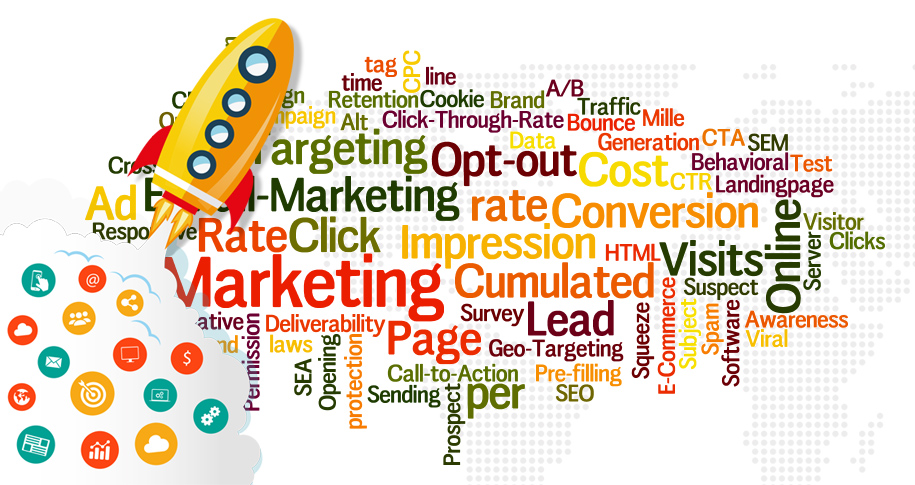What Is Performance Marketing?
Performance marketing refers to a type of marketing strategy where advertisers pay based on the results achieved, such as clicks, conversions, or sales. Unlike traditional advertising models, which may involve fixed costs or impressions, performance marketing ties payments directly to measurable outcomes. It is often used in digital channels like search engines, social media, and affiliate marketing platforms. The key feature of performance marketing is its ability to provide businesses with a clear ROI since costs are directly linked to the actions of the target audience.
Why Is Performance Marketing Important?
- Cost Efficiency
- Performance marketing allows advertisers to pay only when a specific action is taken, such as a purchase or a lead form submission. This ensures that advertising budgets are spent efficiently and based on performance rather than impressions or clicks that may not lead to actual business outcomes.
- Example: In an affiliate marketing campaign, a business pays a commission only when a customer completes a purchase, ensuring they only pay for results.
- Measurable ROI
- One of the greatest advantages of performance marketing is the ability to track and measure performance in real-time. By analyzing the results, businesses can understand what’s working and what’s not, and adjust their strategies accordingly.
- Example: With tools like Google Analytics and tracking pixels, businesses can track conversions and sales, providing clear metrics to measure the success of campaigns.
- Highly Targeted Campaigns
- Performance marketing campaigns often leverage sophisticated targeting options such as demographics, interests, browsing behavior, and geolocation. This enables advertisers to reach the most relevant audience and increase the chances of generating high-quality leads and conversions.
- Example: A company running a PPC campaign targeting only users who have previously visited its website is more likely to see a higher conversion rate than a broader audience.
- Scalability
- Performance marketing is highly scalable. Advertisers can increase or decrease their budgets based on campaign performance. If a particular ad or strategy is yielding a positive return, they can scale the budget to drive even more results.
- Example: If a Facebook ad campaign is generating a strong conversion rate, the business can increase the budget to attract more potential customers.
- Flexibility and Control
- Performance marketing offers flexibility and control over advertising campaigns. Businesses can experiment with different tactics, such as varying ad creatives, targeting options, and bidding strategies, to optimize performance.
- Example: An advertiser can test different landing pages or ad copy to determine which resonates best with the target audience and maximizes conversions.
Types of Performance Marketing
- Pay-Per-Click (PPC)
- In PPC advertising, businesses pay when a user clicks on their ad. This is one of the most popular forms of performance marketing and is widely used across search engines and social media platforms.
- Example: Google Ads and Facebook Ads are common platforms for running PPC campaigns, where advertisers pay for each click that leads to their website.
- Affiliate Marketing
- Affiliate marketing involves partnering with third-party affiliates who promote a business’s products or services. Advertisers pay a commission for each sale or lead generated by the affiliate’s marketing efforts.
- Example: An online store might work with influencers or bloggers to promote its products, paying a percentage of sales generated from affiliate links.
- Cost-Per-Acquisition (CPA)
- In CPA campaigns, advertisers pay when a user completes a specific action, such as signing up for a newsletter, downloading an app, or making a purchase.
- Example: A software company may run a CPA campaign and pay affiliates only when a customer downloads their free trial.
- Cost-Per-Click (CPC)
- CPC campaigns focus on paying for clicks, not necessarily the completion of a desired action. This is common in search engine marketing (SEM) where advertisers pay every time a user clicks on their ad.
- Example: A business running a Google Ads campaign pays a set amount for each click, whether or not the user ultimately makes a purchase.
Best Practices for Performance Marketing
- Define Clear Goals and KPIs
- To ensure that performance marketing campaigns are effective, it’s crucial to set clear objectives and measurable key performance indicators (KPIs). Whether it’s increasing sales, lead generation, or brand awareness, having well-defined goals will guide campaign strategies and optimization.
- Example: A retailer may set a goal of increasing eCommerce sales by 20% through a performance marketing campaign.
- Test and Optimize
- Regular testing and optimization are key to improving performance. Businesses should continually test different elements of their campaigns, such as ad copy, images, calls-to-action, and audience targeting, to find what works best.
- Example: A business can run A/B tests on landing pages to see which design leads to the highest conversion rate.
- Use Retargeting
- Retargeting ads help businesses reach users who have previously interacted with their website but did not complete a desired action (e.g., making a purchase). This ensures businesses stay top of mind and increase the likelihood of conversion.
- Example: A user who added items to their shopping cart but didn’t check out can be targeted with retargeting ads to encourage them to complete their purchase.
- Monitor and Adjust Campaigns
- Continuous monitoring is essential for performance marketing. By analyzing data regularly, businesses can adjust bidding strategies, ad creatives, and targeting parameters to ensure the best possible return on investment (ROI).
- Example: If an ad’s click-through rate (CTR) drops, it may be time to revise the copy or try new targeting strategies.
Conclusion
Performance marketing offers an effective, results-driven approach to online advertising. With its ability to directly link costs to outcomes, it provides businesses with measurable ROI, increased targeting precision, and flexible campaign management. By leveraging PPC, affiliate marketing, and other performance-based tactics, businesses can scale their marketing efforts and achieve their goals efficiently.
